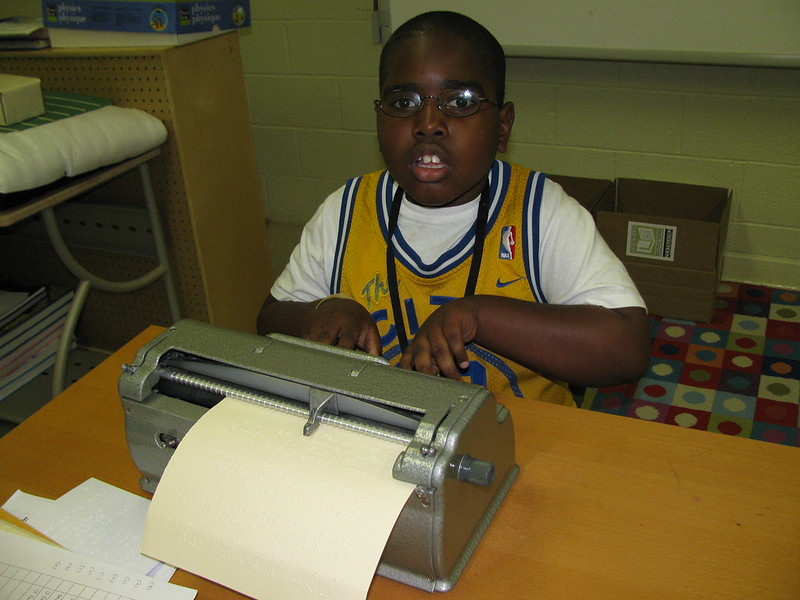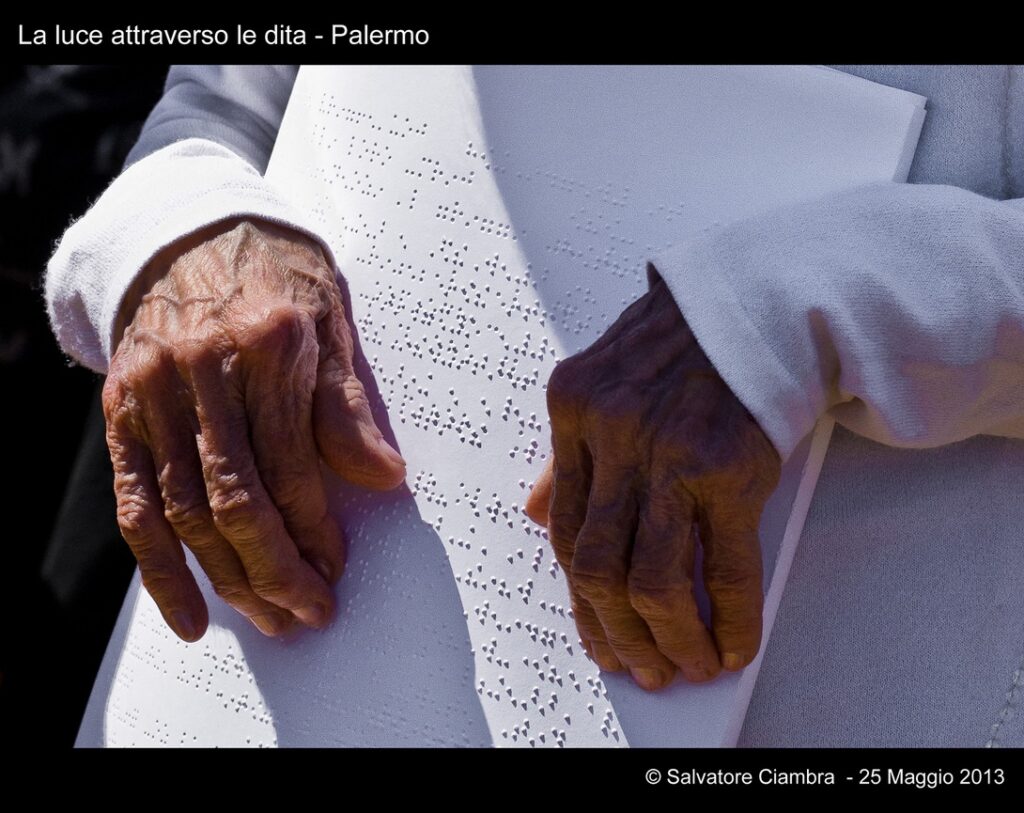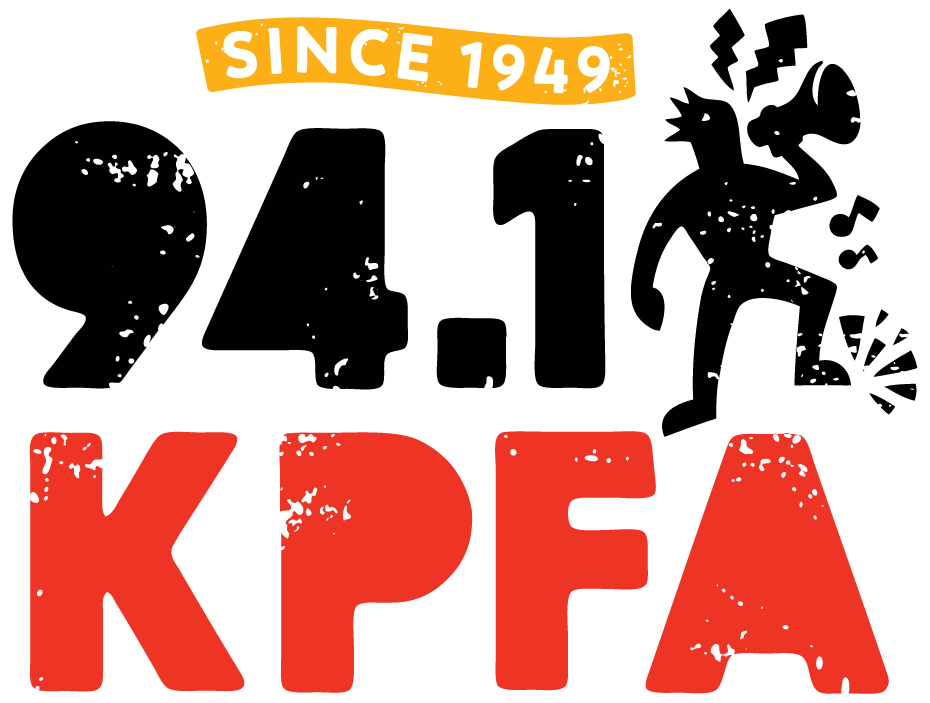
Why should blind children learn to read braille? Given the amazing rise of audio books and audio screen readers, is braille a technology of the past?
Our guest Mike Tanner answers these questions with a resounding “No” and, in this week’s program, makes the case for braille literacy.
Most people gain literacy as children, which means parents have a strong role to play in researching their children’s needs and advocating for them with their school district.
But, braille isn’t a total solution. Mike talks about the cost of hard copy braille and explains why it is so expensive. He reminds us that one way to negotiate these problems is to use the many resources of the National Library Service For The Blind And Print Disabled.
What does the future of braille technology hold? Find out this week on Pushing Limits, KPFA’s program by and about people with disabilities.
Mike Tanner teaches visually impaired students in Southern California. He holds a BA degree in mathematics and a Masters Degree in Special Education.
This program was hosted, edited and produced by Denny Daughters.

622_NSC_4787_bis_Braille
– “la luce attraverso le dita” (light through the fingers)
Resources:
- For more about the National Library Service For The Blind And Print Disabled, visit them at: https://www.loc.gov/nls/
- The National Library Service is underutilized. For more about it, as well as the Braille And Talking Book Library in Sacramento, go here: https://kpfa.org/episode/pushing-limits-march-15-2024/
Photo Citations:
- Young person typing braille by George Williams from Flickr
- Hands reading Braille.
by Vater_fotografo from Flickr - Creative Commons License

